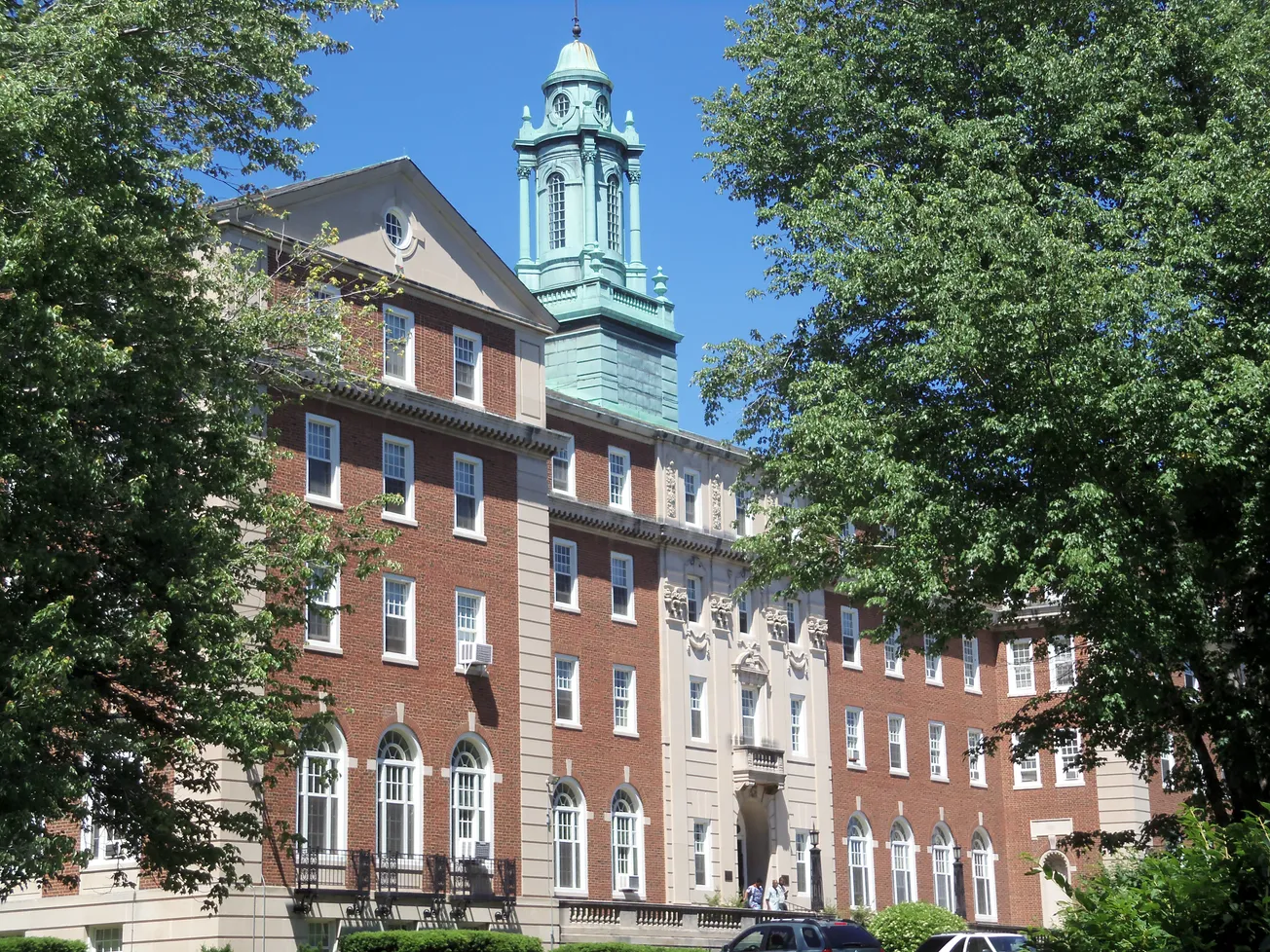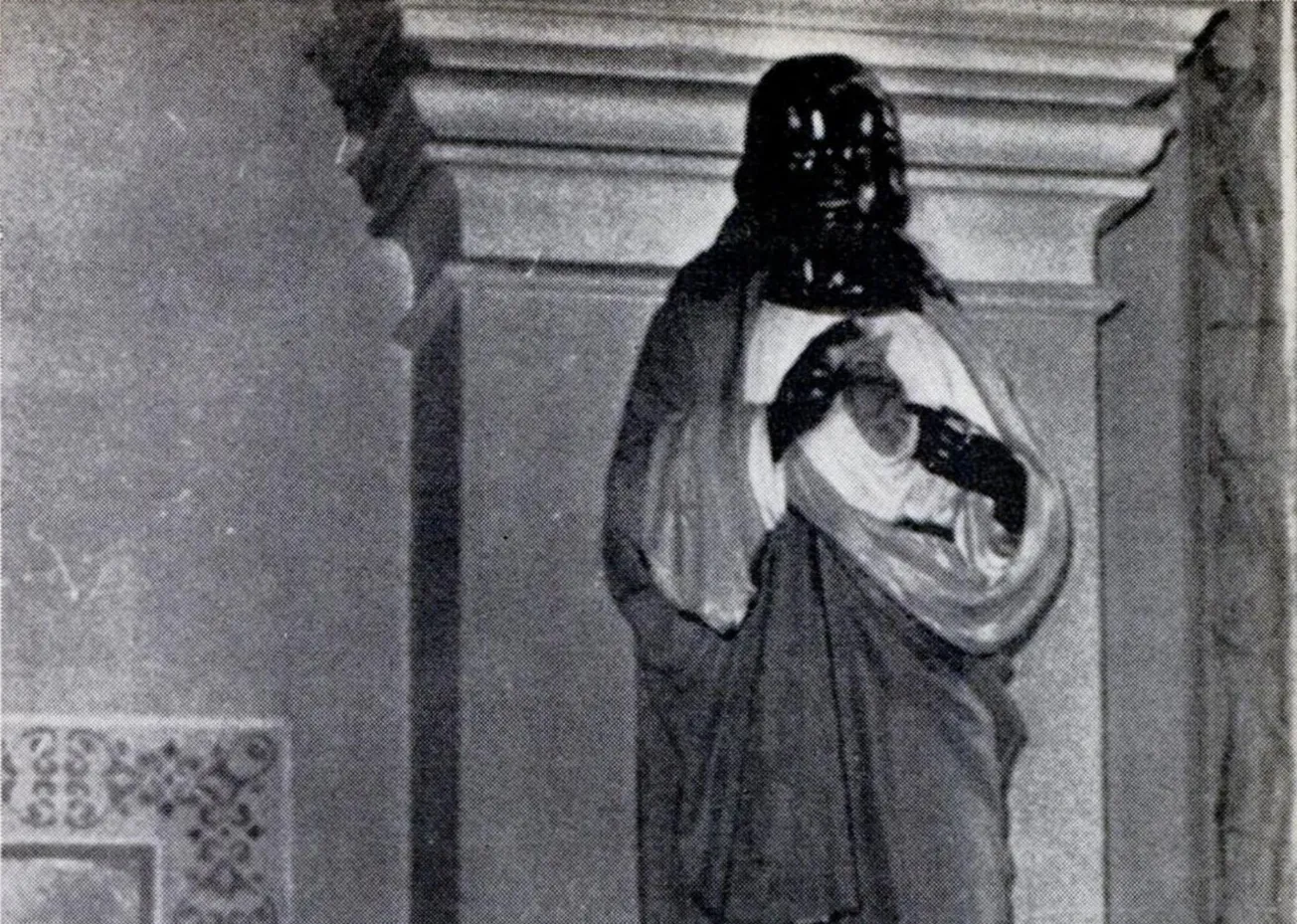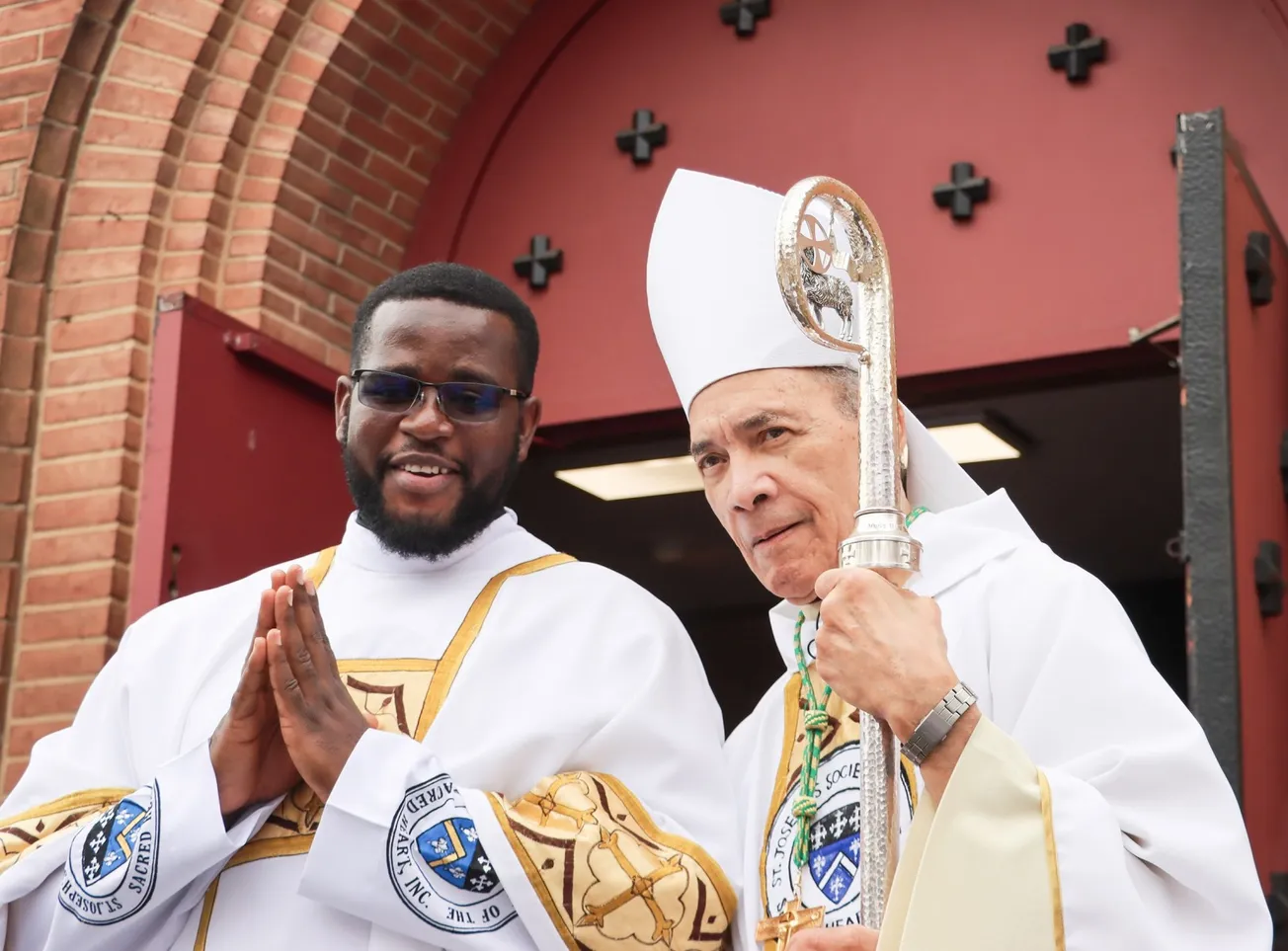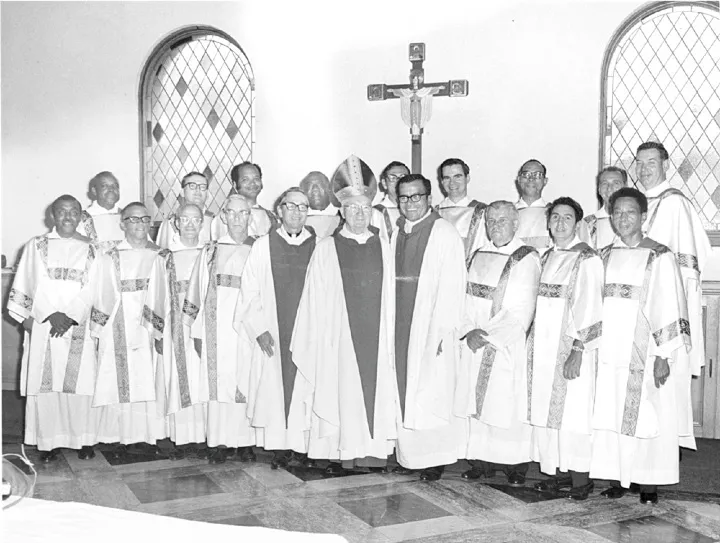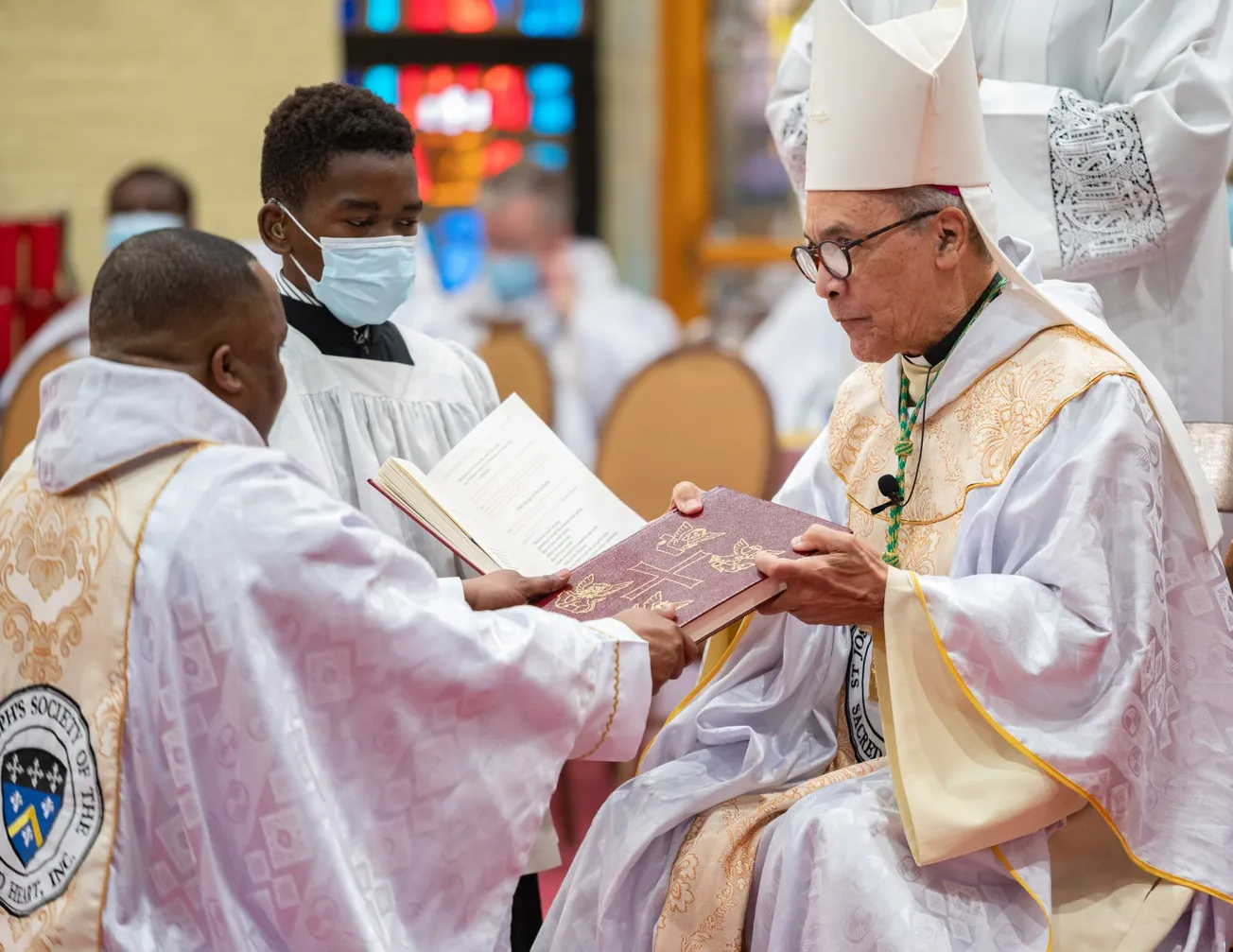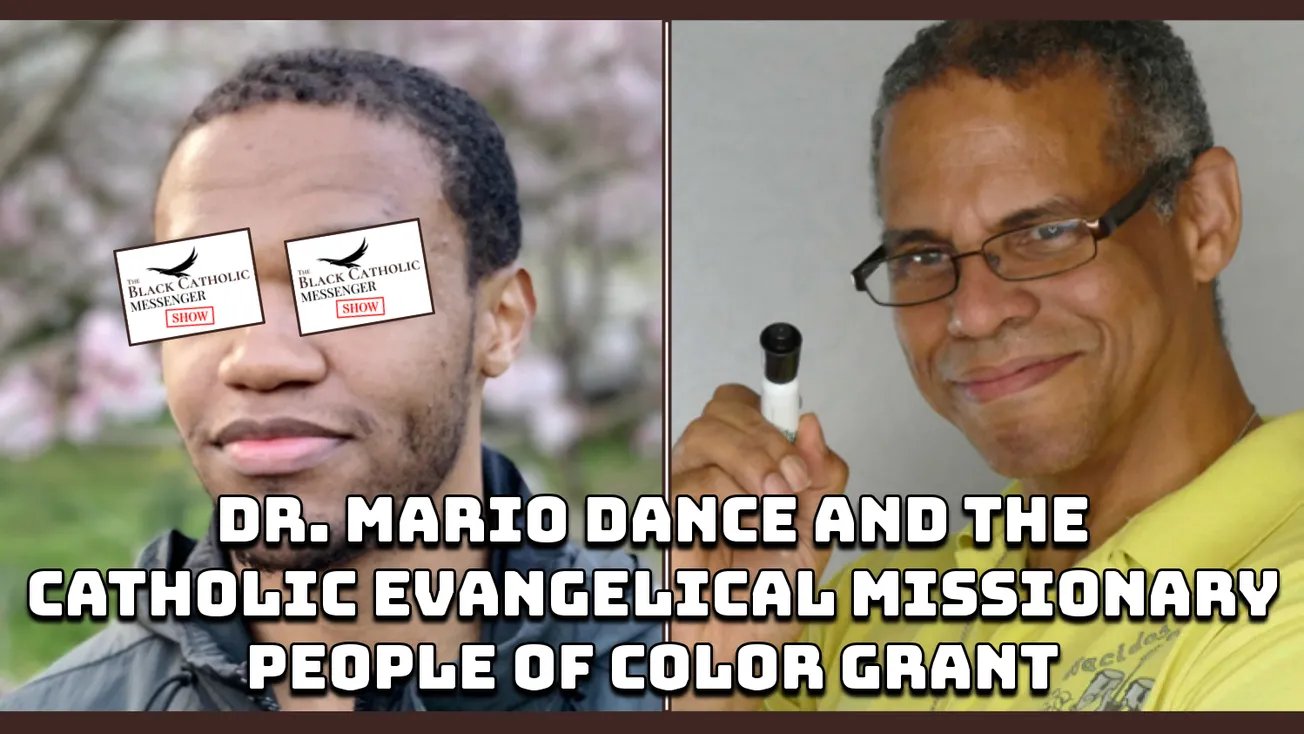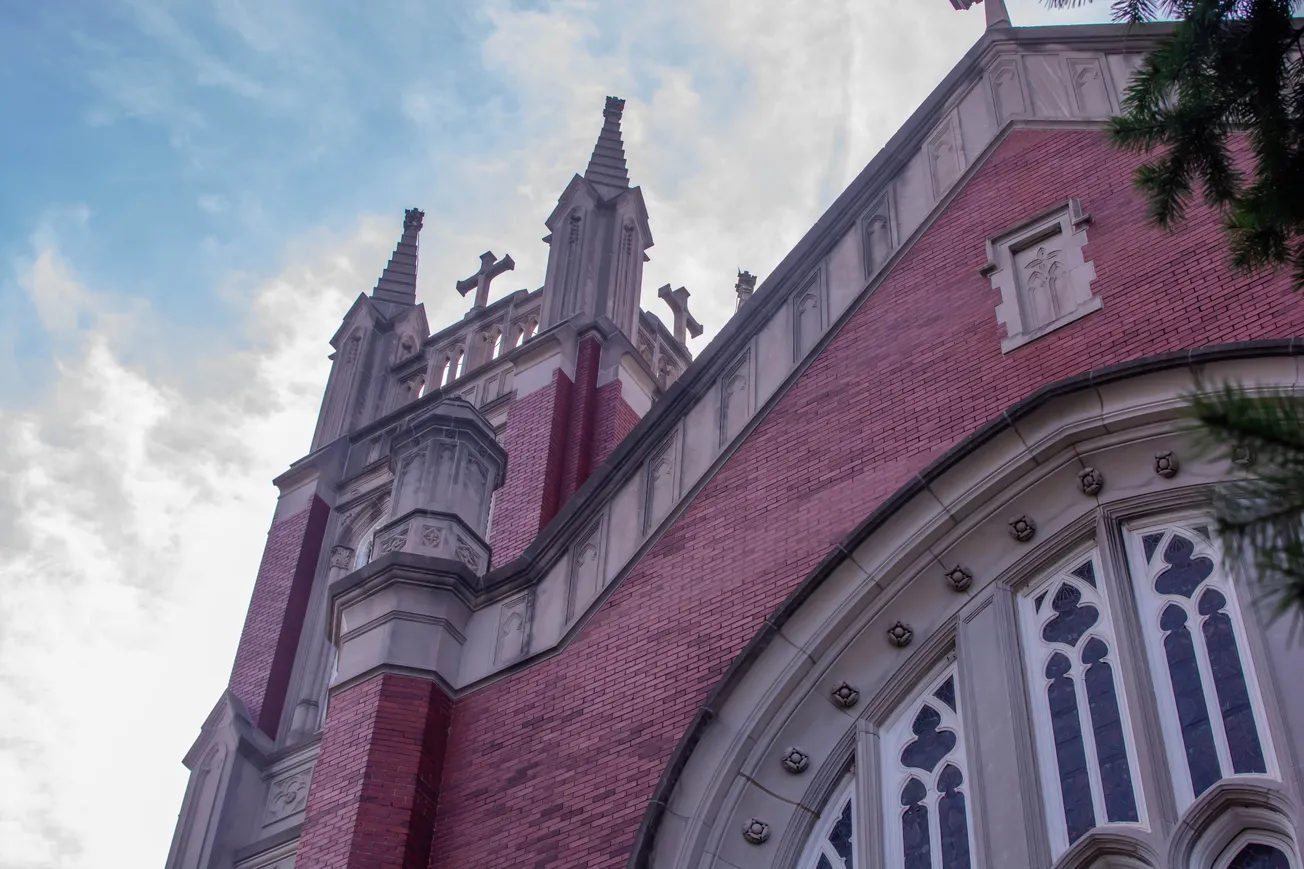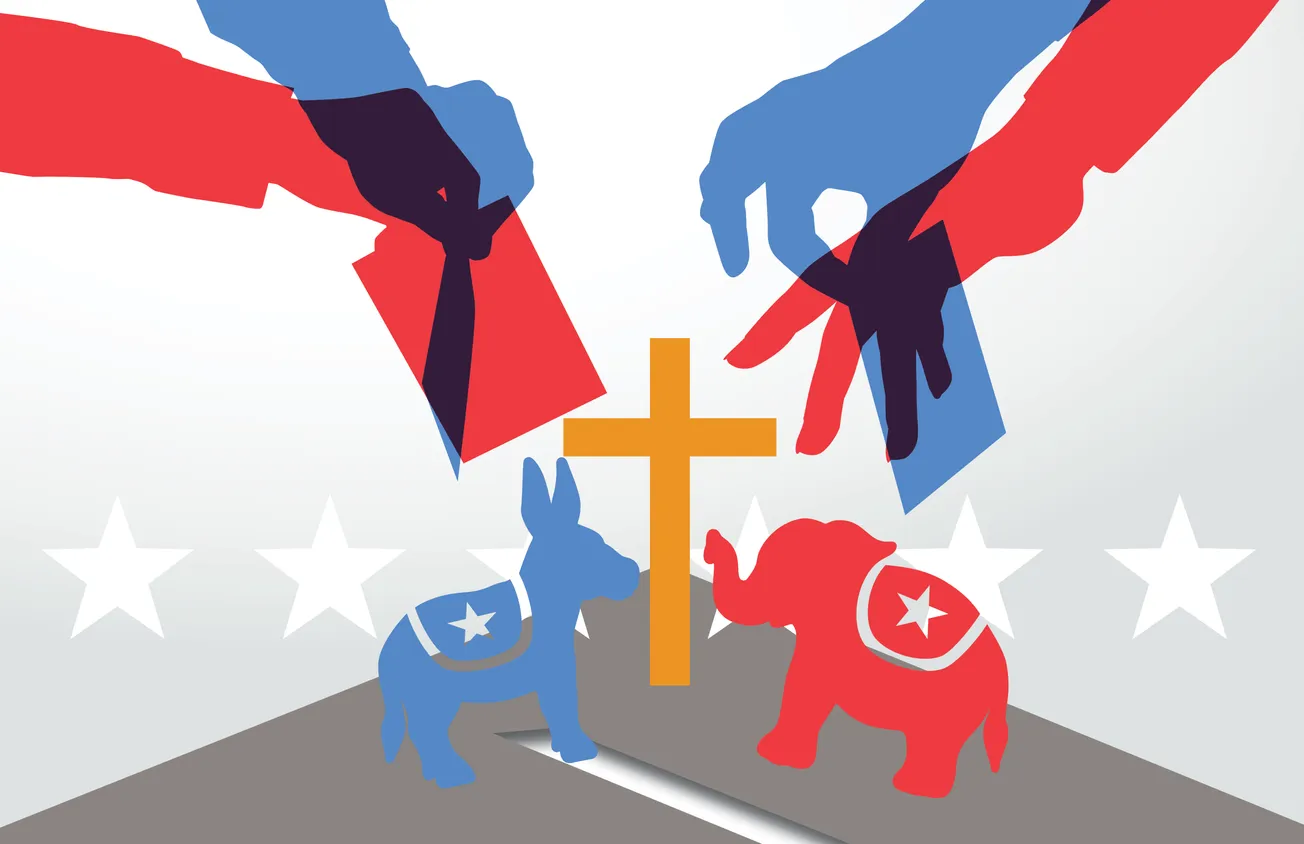WASHINGTON — St. Joseph’s Seminary, the American formation house of the Society of St. Joseph of the Sacred Heart (the Josephites)—and the first US institution to accept African Americans into formation for the Catholic priesthood—has been listed on the National Register of Historic Places, the nation’s official preservation database.
The news was announced by the National Park Service on September 30, part of its weekly list of new actions on properties around the country. The seminary was officially listed two days earlier.
Located in the Brookland neighborhood of DC, the seminary had originally been nominated for recognition in February 2021 by the Josephites, a religious community founded in the late 19th century to serve African Americans.
The district’s Historic Preservation Review Board recommended the property for DC’s Inventory of Historic Sites earlier this year, clearing the way for its nomination to the NRHP on account of its significant history and architecture.
St. Joseph’s was originally built in 1888 in Baltimore, Maryland for the Mill Hill Missionaries, a British apostolic society founded by Cardinal Herbert Vaughan, MHM in 1866. That community later sent members to the United States in response to Pope Pius IX’s call for missionaries to newly freed African Americans following the Civil War.
A group of American Mill Hill priests, led by Fr John R. Slattery, eventually agreed to form the Josephites as an independent US society a little over two decades later in 1893.
“The commitment of the new society remained as before—to teach the faith of the Catholic Church and to promote the Church’s teachings on social justice,” reads a summary in the seminary’s NHRP application.
Among the new society’s initial priests was Fr Charles Uncles, the first African-American founder of a male religious community in the Catholic Church. He was educated at the original site of St. Joseph’s before becoming in 1891 the first Black Catholic priest ordained on US soil.
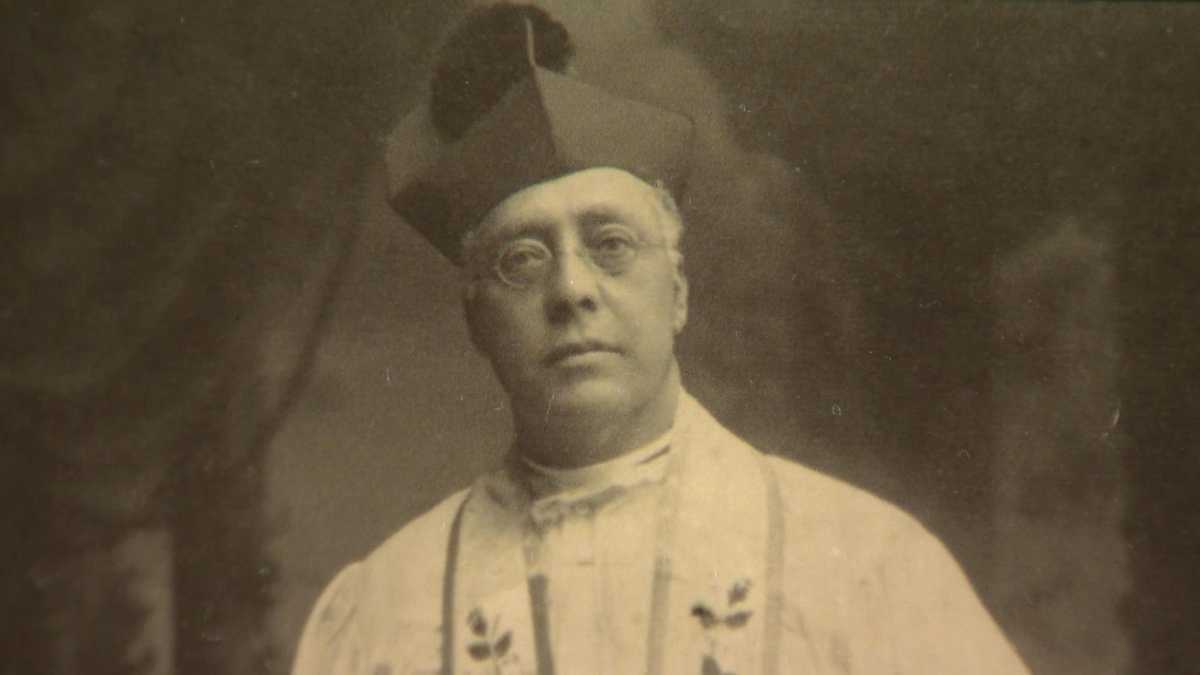
The seminary relocated to Brookland in 1930, one of the dozens of Catholic institutions to relocate to the area following the creation there of the Catholic University of America by the US bishops in 1887. As such, the neighborhood surrounding the school has since become known as “Little Rome”.
The seminary was built in the Neo-Georgian/Colonial Revival style by Maginnis & Walsh, the same firm responsible for the Basilica of the National Shrine of the Immaculate Conception, and the Josephite seminarians would go on to study at CUA for a number of years.
Alongside Uncles and a number of early African-American priests, notable graduates of St. Joseph’s across both locations also include three of the “First 10” openly African-American Catholic bishops in history: current Josephite superior general John Ricard; Carl Fisher; and Eugene Marino, the first-ever African-American archbishop. Fr William Norvel, the first African-American male superior general in Catholic history, was also educated at the seminary.
The seminary also produced a number of notable White Josephites, including the famed writer and educator Edward Francis Murphy (of “The Scarle Lily” fame); Edward Brunner, the first president of Xavier University of Louisiana; Paul Downey, a central figure in the restoration of the permanent diaconate; and the noted anti-war activist Philip Berrigan.
Though the seminary maintained its own academic faculty for several decades after the move to DC, various internal struggles during the Black Power Movement led to the seminary losing most of its seminarians and eventually closing for academic studies in 1971. Nevertheless, the seminary has continued to operate as a residence for Josephite seminarians and retired priests, and has also housed the Paulist formation community since their selling of nearby St. Paul’s College in 2016.
That same year, the Josephites themselves began the process of selling part of their property to real estate developers. A complex of new townhouses opened on the seminary’s former backyard greenspace this summer, just months before the news of the NRHP listing.
The seminary’s new honor is a first for the Josephites’ current properties in the DC area, though St. Ignatius Catholic Church in Fort Washington, Maryland—formerly staffed by the society—was listed on the NRHP in 1974.
Other former Josephite churches on the NRHP include St. Joseph’s Catholic Church (French Street) in Wilmington, Delaware; the Basilica of St. Mary of the Immaculate Conception in Norfolk, Virginia; Holy Family Catholic Church in Natchez, Mississippi; and Our Mother of Mercy Catholic Church in Fort Worth, Texas. Two former educational institutions associated with the society, St. Joseph’s Industrial School in Clayton, Delaware, and St Benedict the Moor School in St. Augustine, Florida, have also been listed on the NRHP.
The Josephites currently staff Our Lady of Grace Catholic Church in Reserve, Louisiana, listed on the NRHP in 2005; St. Peter Claver Catholic Church in Baltimore, Maryland, listed as a contributing property of the Old West Baltimore Historic District in 2004; and St. Joseph Catholic Church in Alexandria, Virginia, part of the Uptown–Parker-Gray Historic District listed in 2010.

Nate Tinner-Williams is co-founder and editor of Black Catholic Messenger, a seminarian with the Josephites, and a ThM student with the Institute for Black Catholic Studies at Xavier University of Louisiana (XULA).


